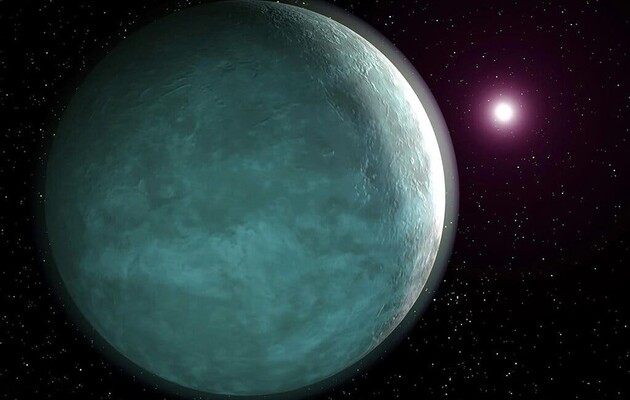It revolves around a star that is only four times the size of the planet.

Scientists have discovered an unusual planetary system that consists of a Jupiter-like planet that orbits a tiny star only four times its size. This “forbidden” combination may forever change existing ideas about how gas giants are formed, reports Space.com.
The exoplanet revolves around the red dwarf TOI 5205, which is much smaller and colder than the Sun. The small size and relatively low temperature of such M-stars make them redder than our star. This is the most common type of star in the Milky Way.
Read also: Scientists found an Earth-like planet near the Solar System
On average, this class of stars contains a large number of planets, but scientists believed , that their dimensions do not suggest the formation of a series of gas giants. But the discovery by the TESS telescope of the planet TOI 5205b casts doubt on this hypothesis.
It is worth noting that gas giants have been found near red dwarfs before. But for the first time such a large planet was found near such a small star.
To demonstrate how unbalanced the system is, scientists propose to imagine that our Sun has shrunk to the size of a grapefruit. Then the largest planet in our system, Jupiter, would resemble the size of a pea. In the TOI 5205 system, the pea rotates around the lemon.
TESS observed the star, recording the decrease in its brightness. This method of detecting planets is known as transit method. The difference in the size of the star and the planet is such that the passage of the latter in front of the star's disc led to a drop in its brightness by 7%. This is the most extensive drop in the light of a star caused by the transit of a planet known at the moment.
Related video
Earlier, astronomers using the Very Large Telescope were able to take a picture of an exoplanet orbiting the star AF Leporis . Pictures of the planet were taken by two groups of scientists using the SPHERE instrument installed on the telescope.

